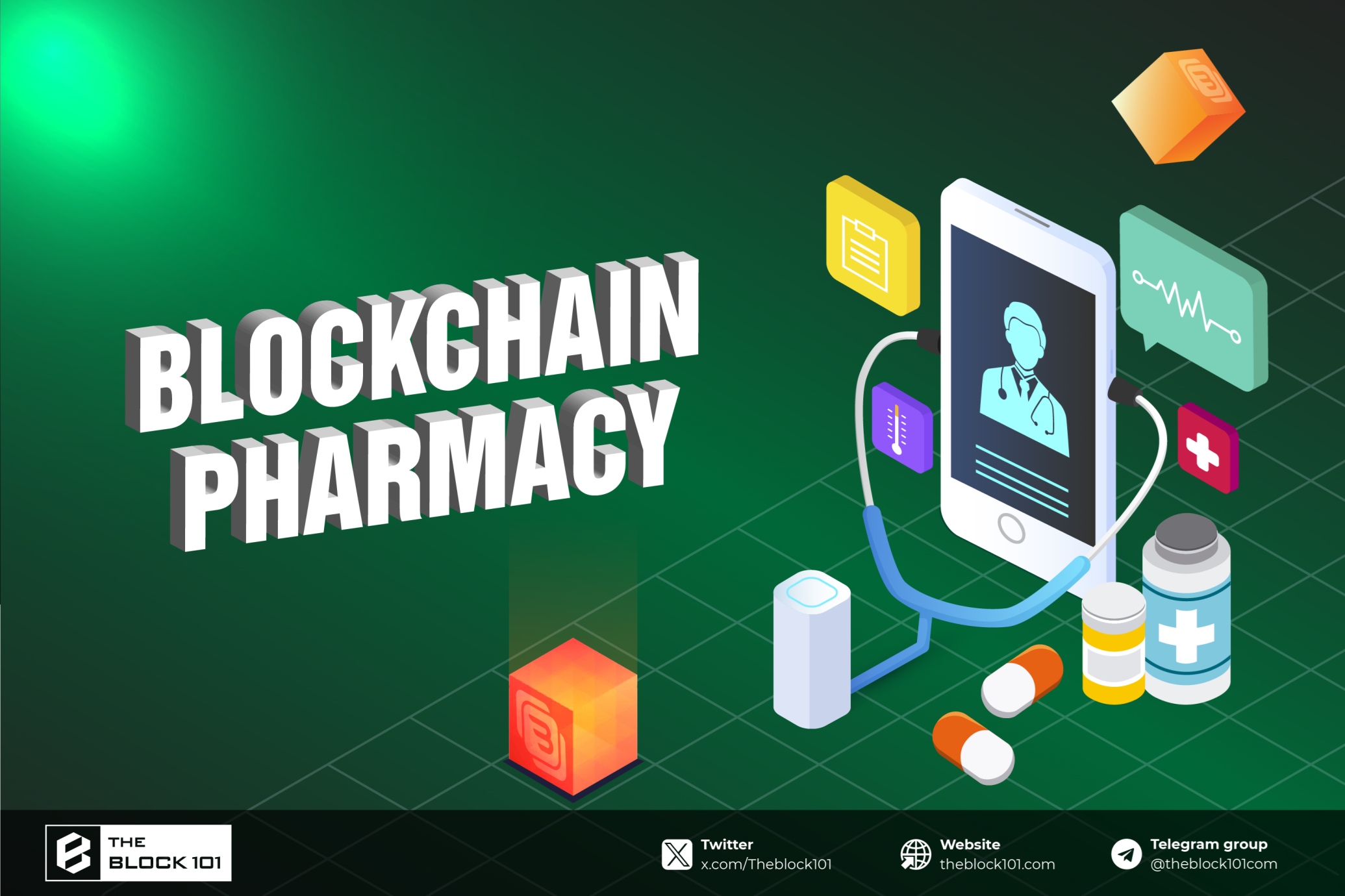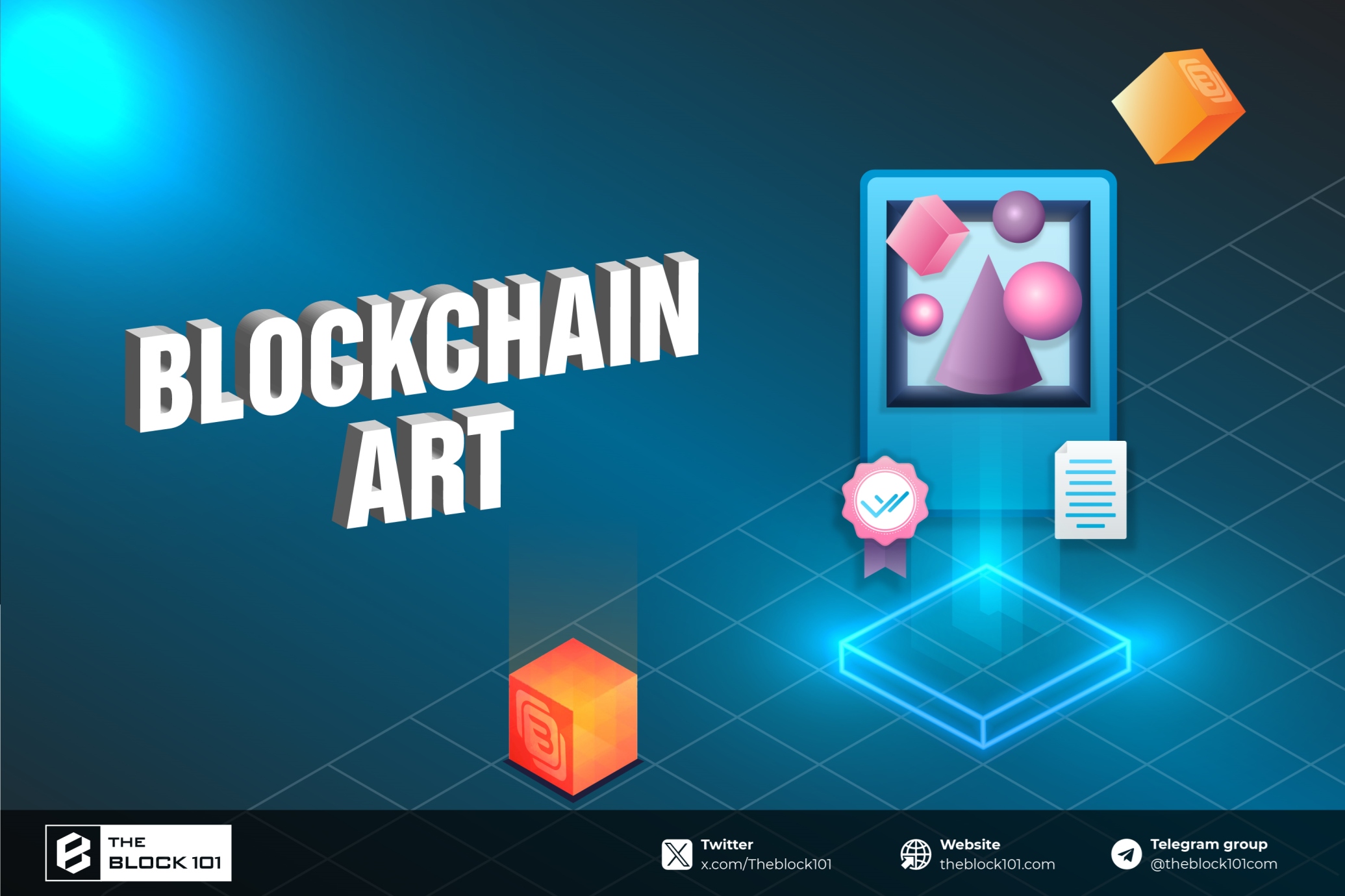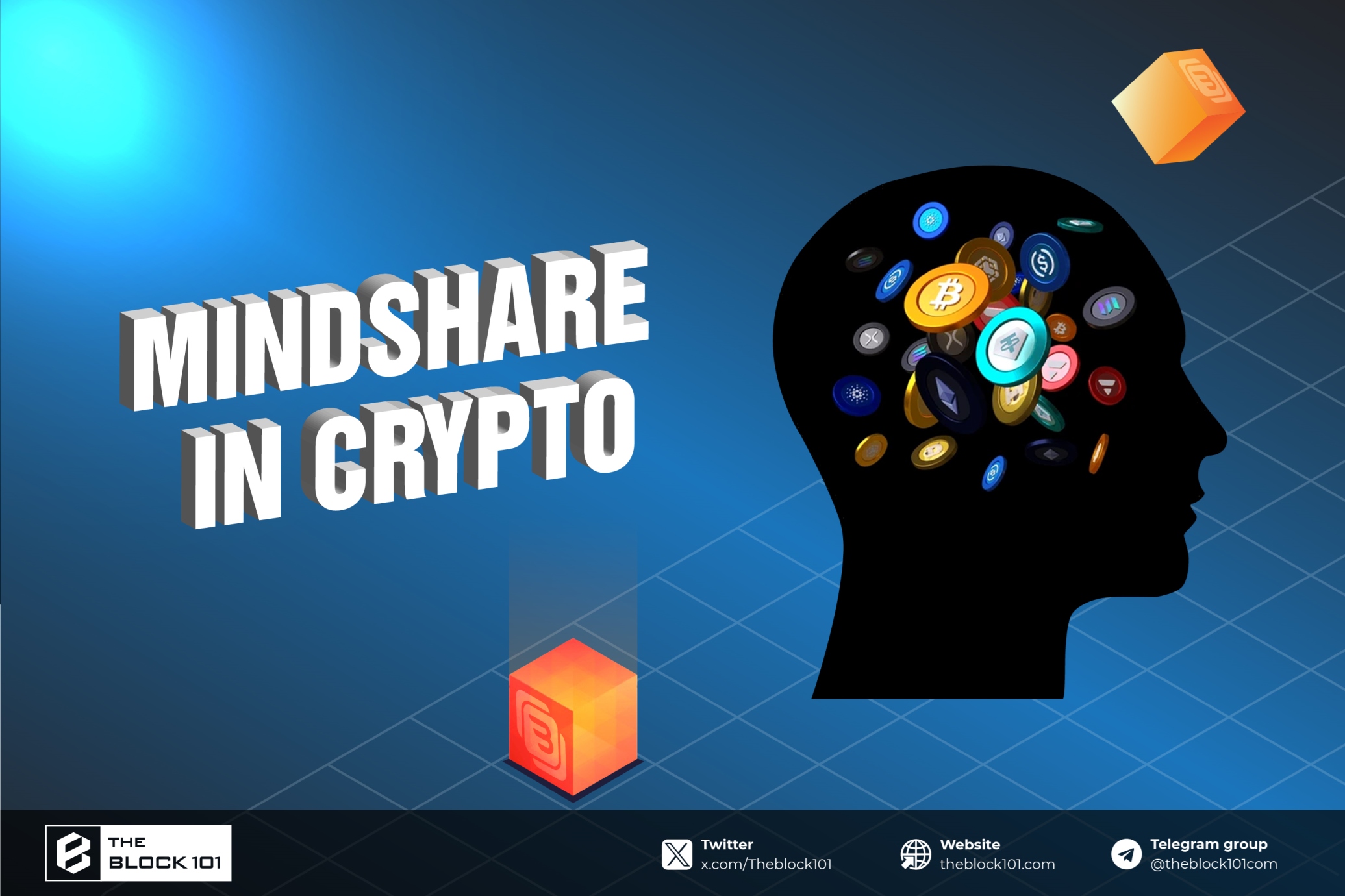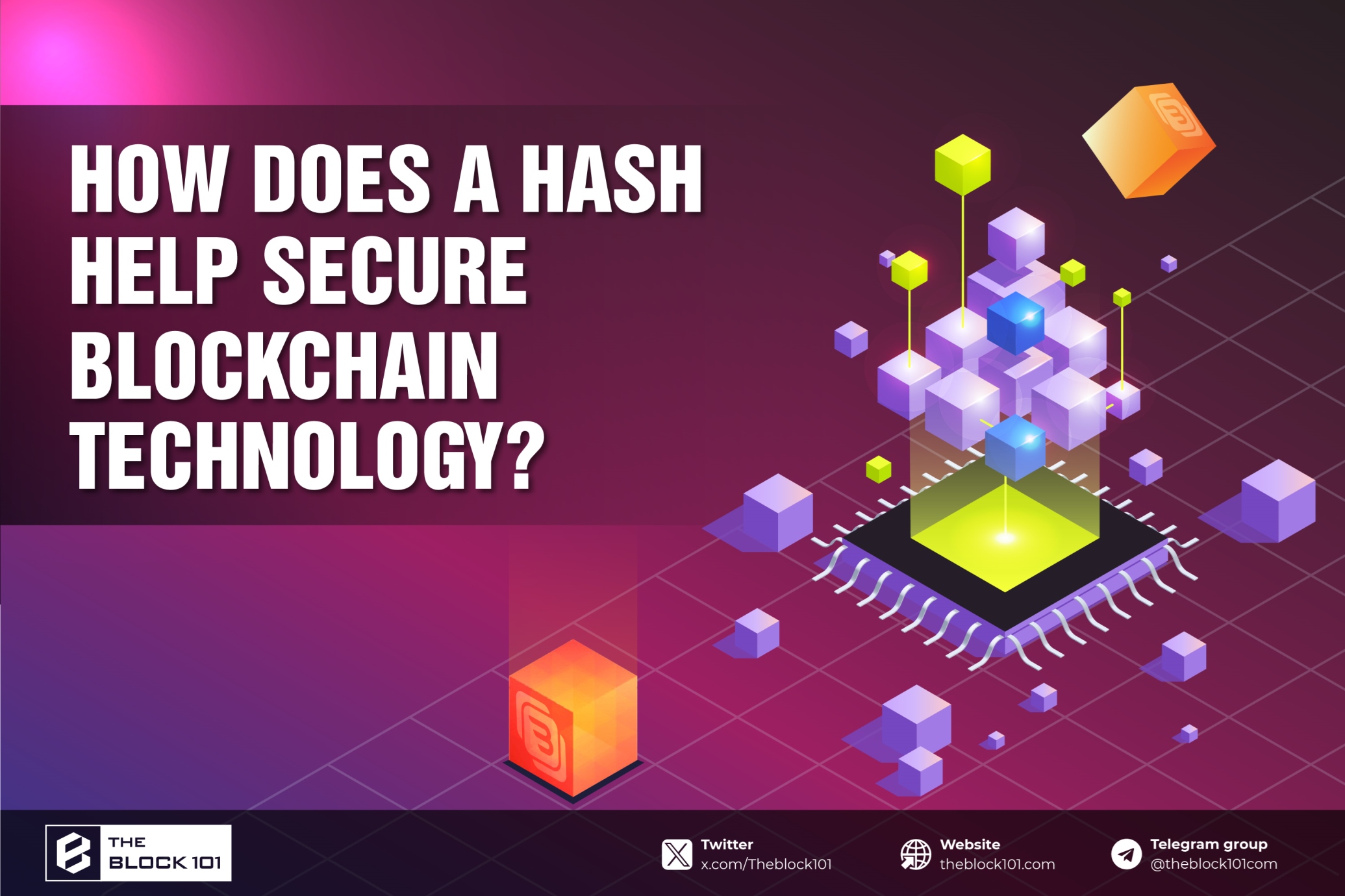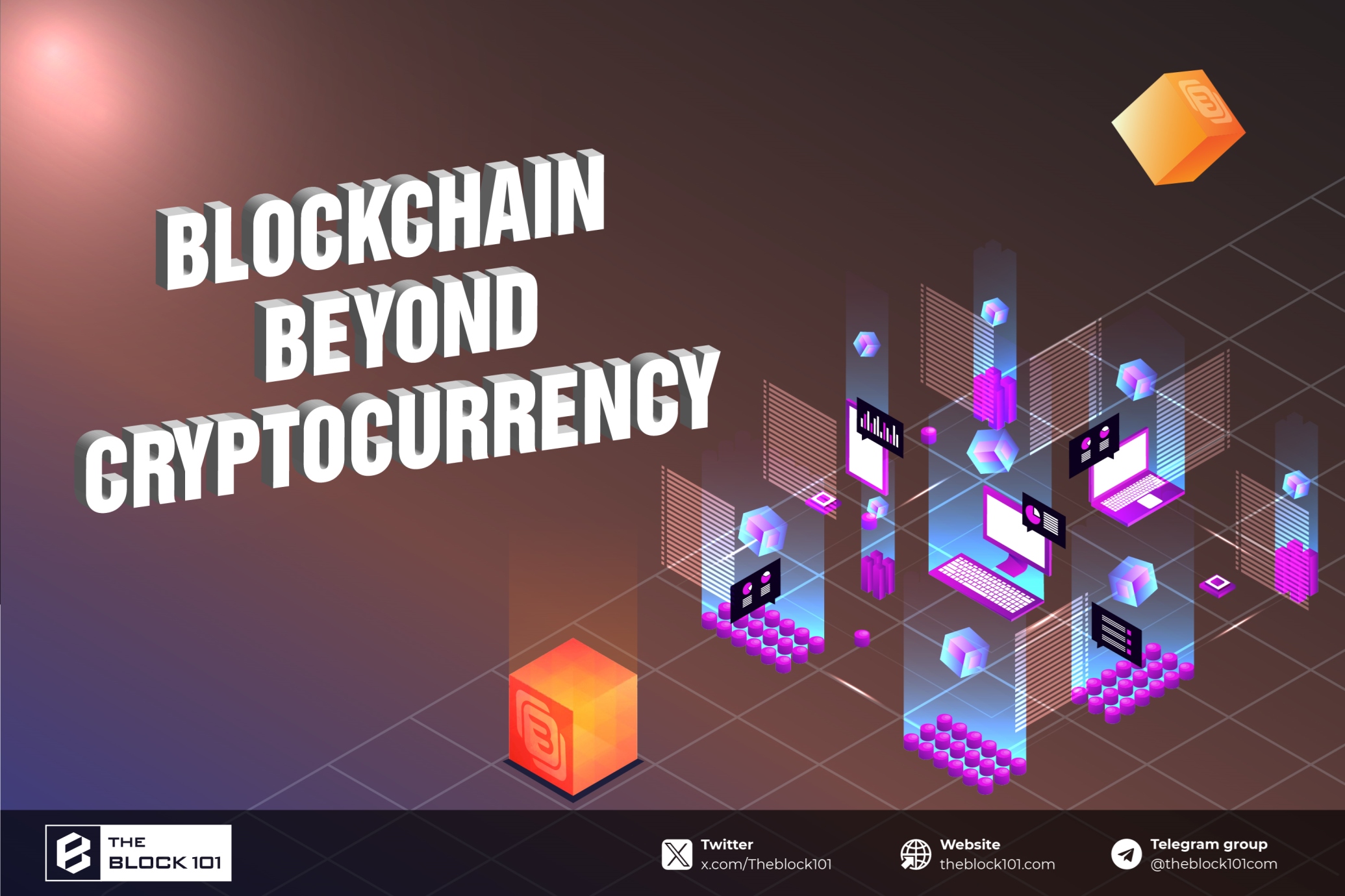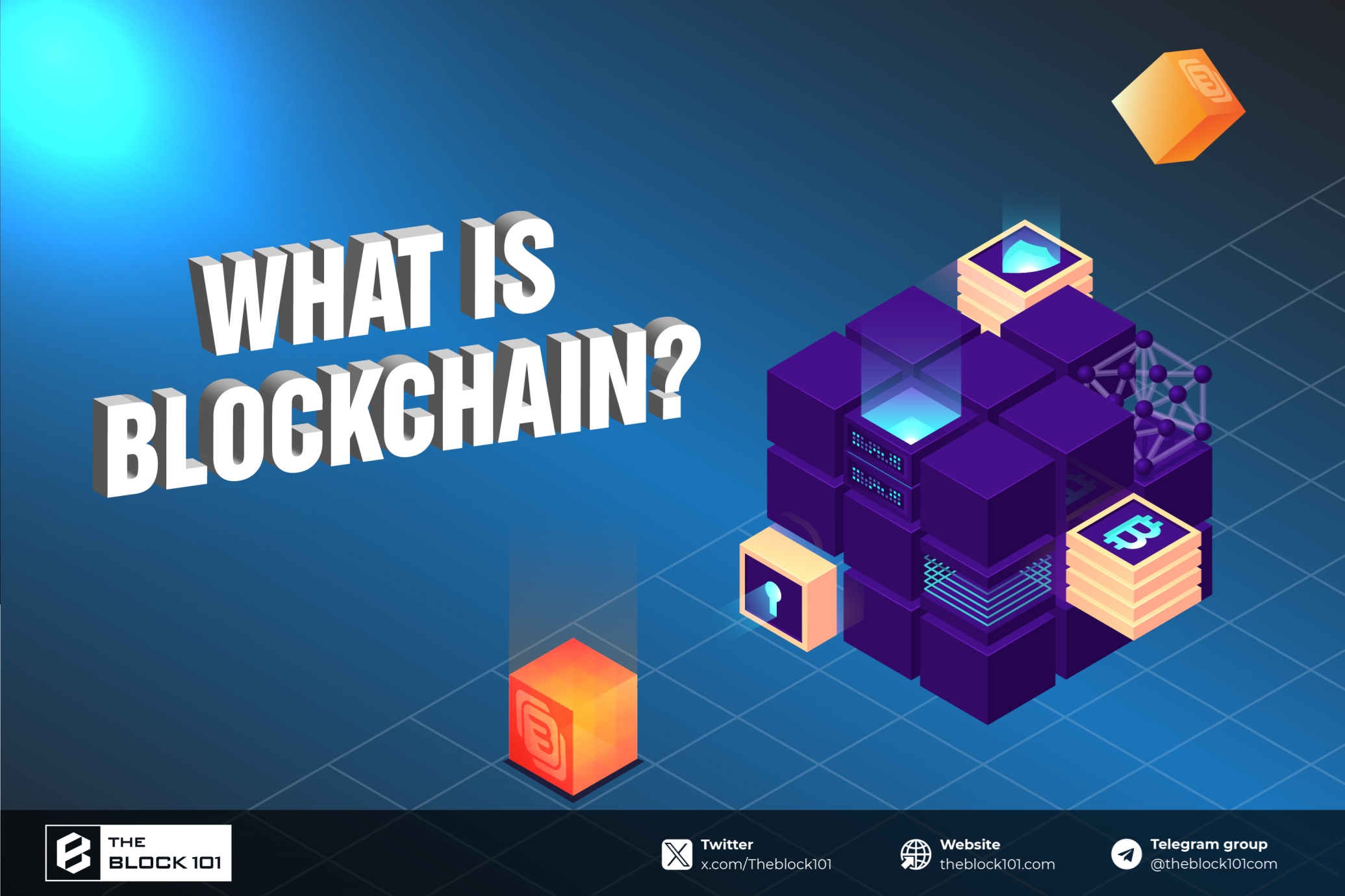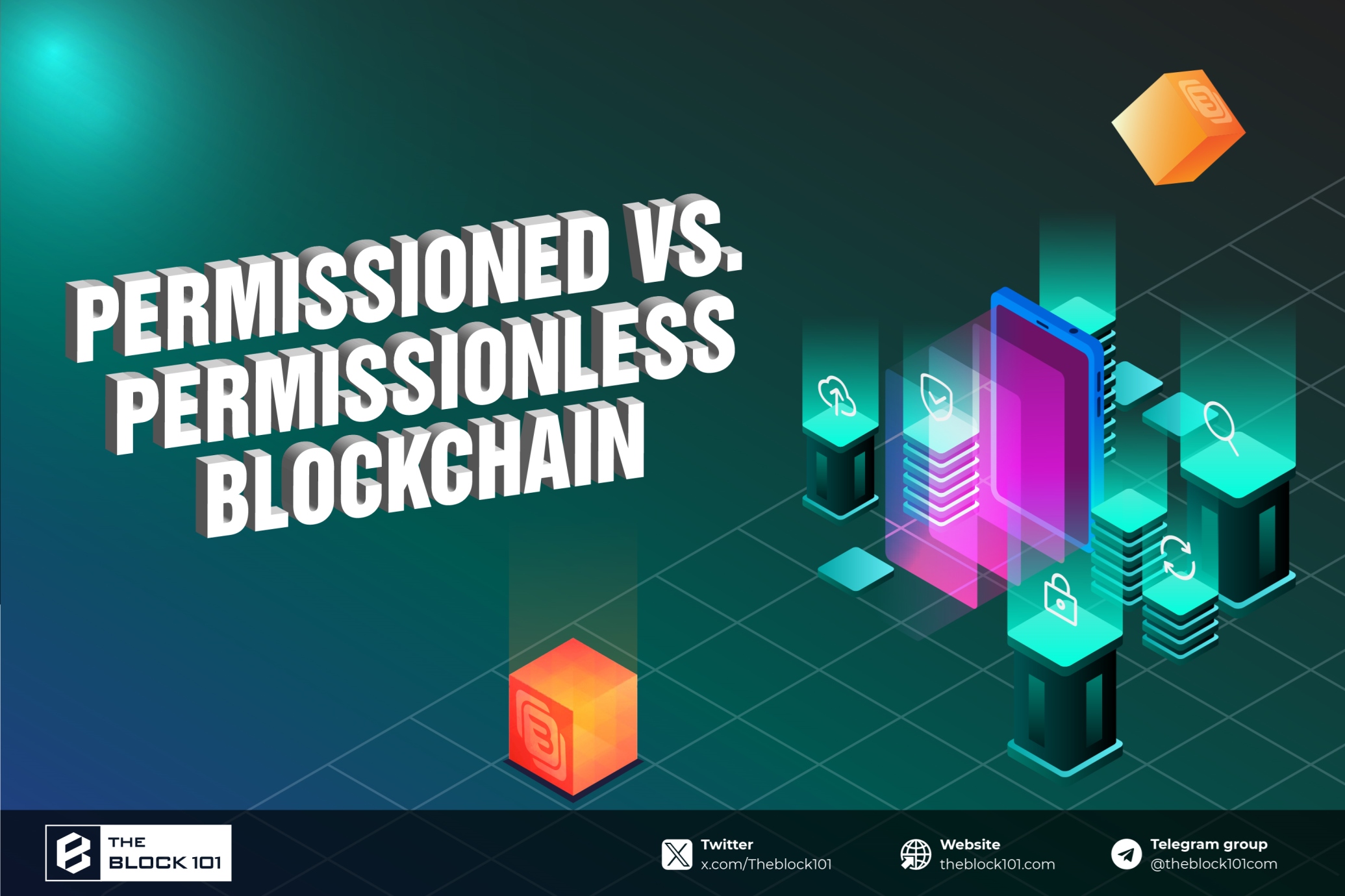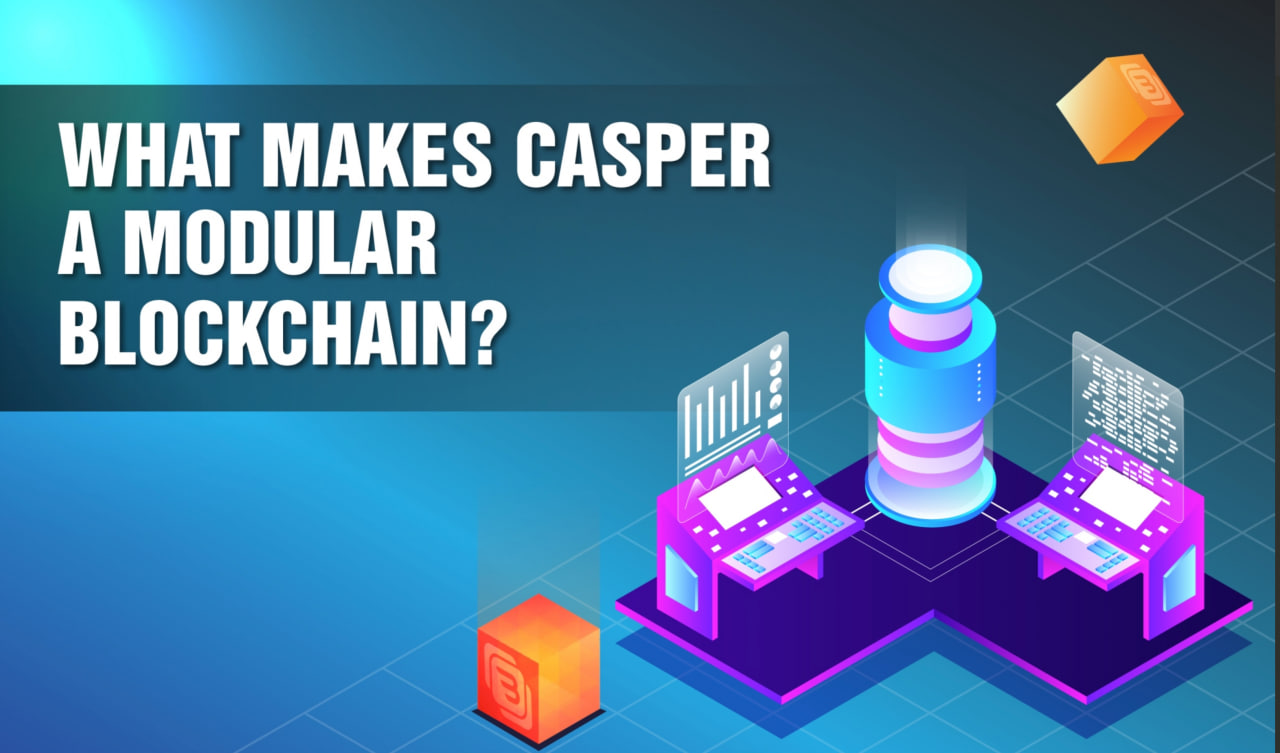1. What is Runes Protocol?
The Runes Protocol facilitates the issuance of fungible tokens on the Bitcoin blockchain. Founded by Casey Rodarmor, the creator of the Ordinals protocol, Runes Protocol simplifies the process of token issuance, making it more accessible and efficient compared to previous standards, which often relied on complex and resource-intensive methods.
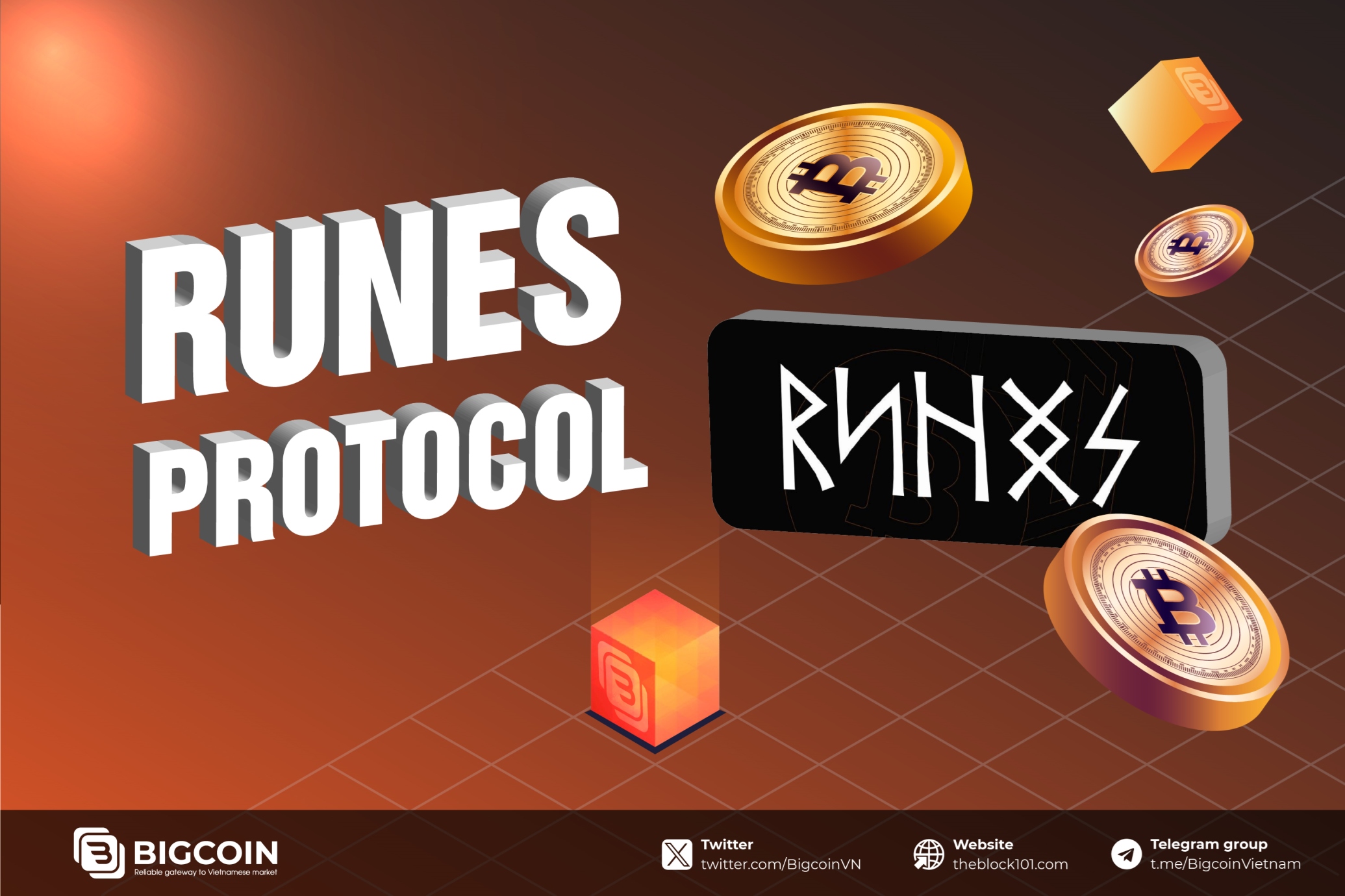
Unlike previous methods, which were often complex and resource-intensive, Runes Protocol streamlines the token creation process. By enabling the creation of replaceable tokens, Runes opens up new possibilities for developers and users alike, ranging from community-managed meme currencies to issuing complex financial instruments directly on Bitcoin's secure and decentralized platform.
The launch of Runes Protocol immediately after the fourth Bitcoin Halving event garnered increased attention for Bitcoin and resulted in a significant increase in transaction fees. This highlights the protocol's immediate impact and long-term potential within the ecosystem.
2. How does Runes Protocol work?
Runes Protocol represents a significant advancement in managing and creating replaceable tokens on the Bitcoin blockchain. It utilizes a UTXO-based system, allowing data to be embedded directly into Bitcoin transactions, which optimizes the process and minimizes resource usage.
Unlike traditional methods that can increase the size and complexity of the blockchain, Runes employs minimal space—up to 80 bytes of data with OP_RETURN—reducing the burden on the network while maintaining transaction integrity.
Runes leverages OP_RETURN outputs in Bitcoin transactions, enabling the inclusion of small arbitrary data without affecting the spendability of outputs. This data includes all necessary information about the token, such as token ID, supply source, and transaction details.
The UTXO model, integrated into the Runes Protocol, tracks token balances and prevents double-spending by creating new outputs from previous transaction inputs.
Creating a new token, or "etching," involves establishing specific attributes such as name, divisibility, and supply source. These attributes are recorded on the blockchain through a Runestone, a protocol message stored in a transaction output. Token forging and transfer also use Runestones, providing instructions on distribution or transfer between addresses.
By minimizing the data footprint on the blockchain, Runes aims to mitigate network congestion issues associated with other token standards like ERC-20. Using OP_RETURN and UTXO helps manage on-chain space more efficiently, resulting in faster and cheaper transactions.
3. Runes Protocal use cases
The Runes Protocol has introduced an innovative approach for generating and managing fungible tokens on the Bitcoin blockchain. One notable aspect of Runes is its versatility in supporting diverse projects, particularly meme coins, which are community-driven initiatives increasingly prevalent in the cryptocurrency domain.
Examples of tokens and projects facilitated by the Runes Protocol on the Bitcoin blockchain include Rune Pups, Runevo, and Runestone. Notably, Runestone encompasses over 112,000 Ordinals assets, distributed through airdrops to collectors meeting specific criteria within the initial year of the Bitcoin protocol's launch.
The widespread adoption of Runestone stems from its extensive collection, promising token holders up to three airdrops upon the official rollout of the Bitcoin Runes protocol.
Another noteworthy project within the Runes ecosystem is RSIC•GENESIS•RUNE, which has swiftly garnered attention, boasting a market capitalization surpassing $325 million.
4. How to Get Started with the Runes Protocol?
To initiate your engagement with the Runes Protocol, it's essential to follow a series of fundamental procedures:
-
Comprehend the Runes Protocol: Begin by familiarizing yourself with how Runes utilizes the UTXO model of the Bitcoin blockchain and the OP_RETURN output for token-related activities. Runes tokens are designed to be straightforward and efficient, minimizing blockchain congestion by reducing data usage in transactions.
-
Set up a Bitcoin-compatible wallet: Select a Bitcoin wallet that supports the UTXO model and specific functionalities of the Runes Protocol, such as the ME Wallet or other wallets offering necessary compatibility.
-
Obtain Bitcoin: Ensure you possess a quantity of Bitcoin in your wallet, as BTC is required to create transactions and may incur transaction fees during minting or transferring of Runes.
-
Prepare for minting and managing Runes: Familiarize yourself with the "etching" process (creating new tokens), minting (producing tokens within predefined parameters), and transferring Runes.
-
Define attributes for Runes tokens: Each Rune token can be configured with specific attributes like divisibility, icon, and supply limit, established during the etching process.
-
Stay abreast of the latest developments: Keep an eye on updates from the development team or influential individuals within the community on platforms like Twitter or official Runes channels to remain informed about the latest information and protocol advancements.
By adhering to these steps, you'll be well-equipped to embark on your journey of exploring and leveraging the benefits offered by the Runes Protocol.
Where can you Etch/Mint Runes?
Luminex stands out as a trustworthy and widely used platform for both minting and etching Runes. Despite potentially higher fees, Luminex is acknowledged as the optimal choice for its user-friendly interface in the minting process.
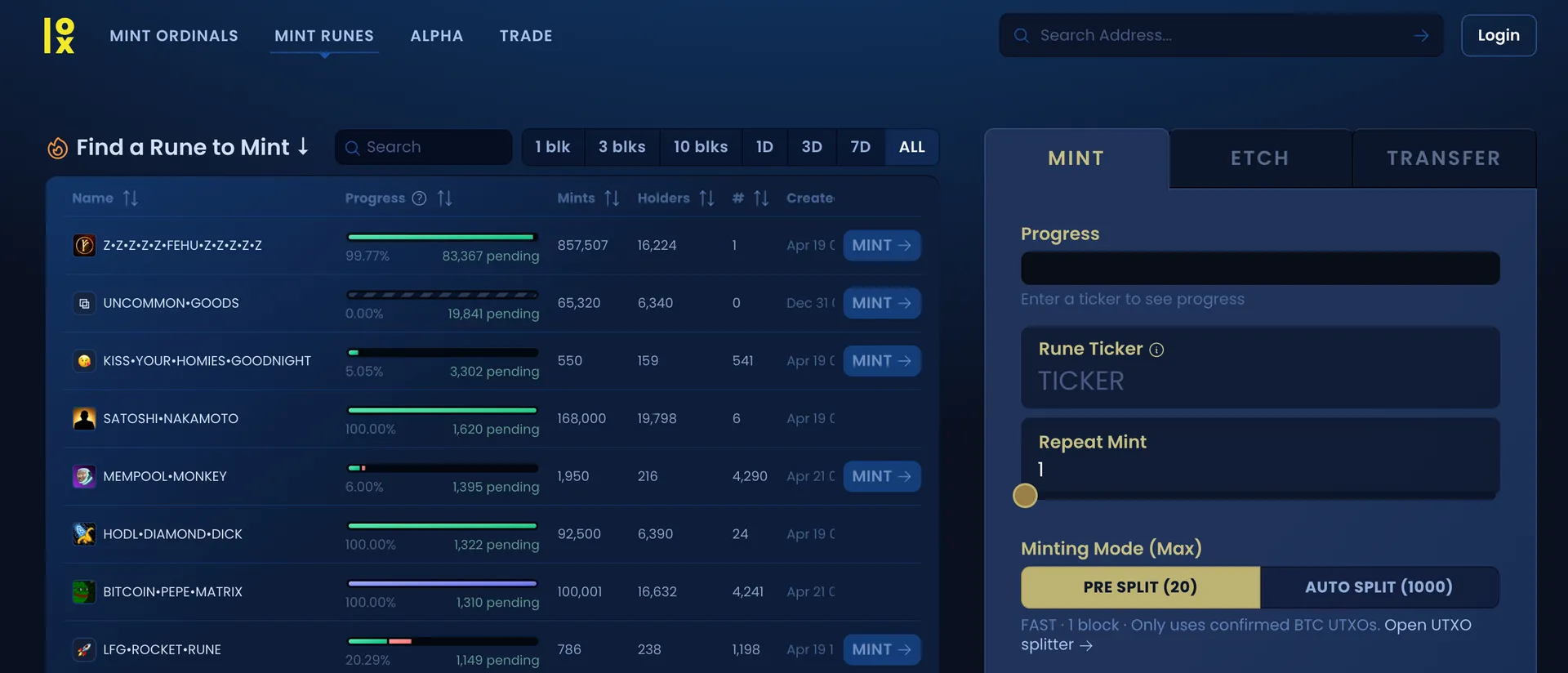
In the minting mode, you have two options: pre-split or auto-split. Opting for auto-splitting is advisable if you haven't pre-divided your UTXOs. While auto-splitting might take longer, it eliminates the need to split your UTXOs beforehand.
Why Split UTXOs?
Splitting your UTXOs is necessary because if you have, for instance, 1 BTC, you need to break down that amount into smaller UTXOs to mint Runes. Each UTXO's size should be determined based on your estimation of the required gas (network fees) for timely transaction mining. It's beneficial to possess variously sized UTXOs, depending on the likelihood of achieving your expected outcomes.
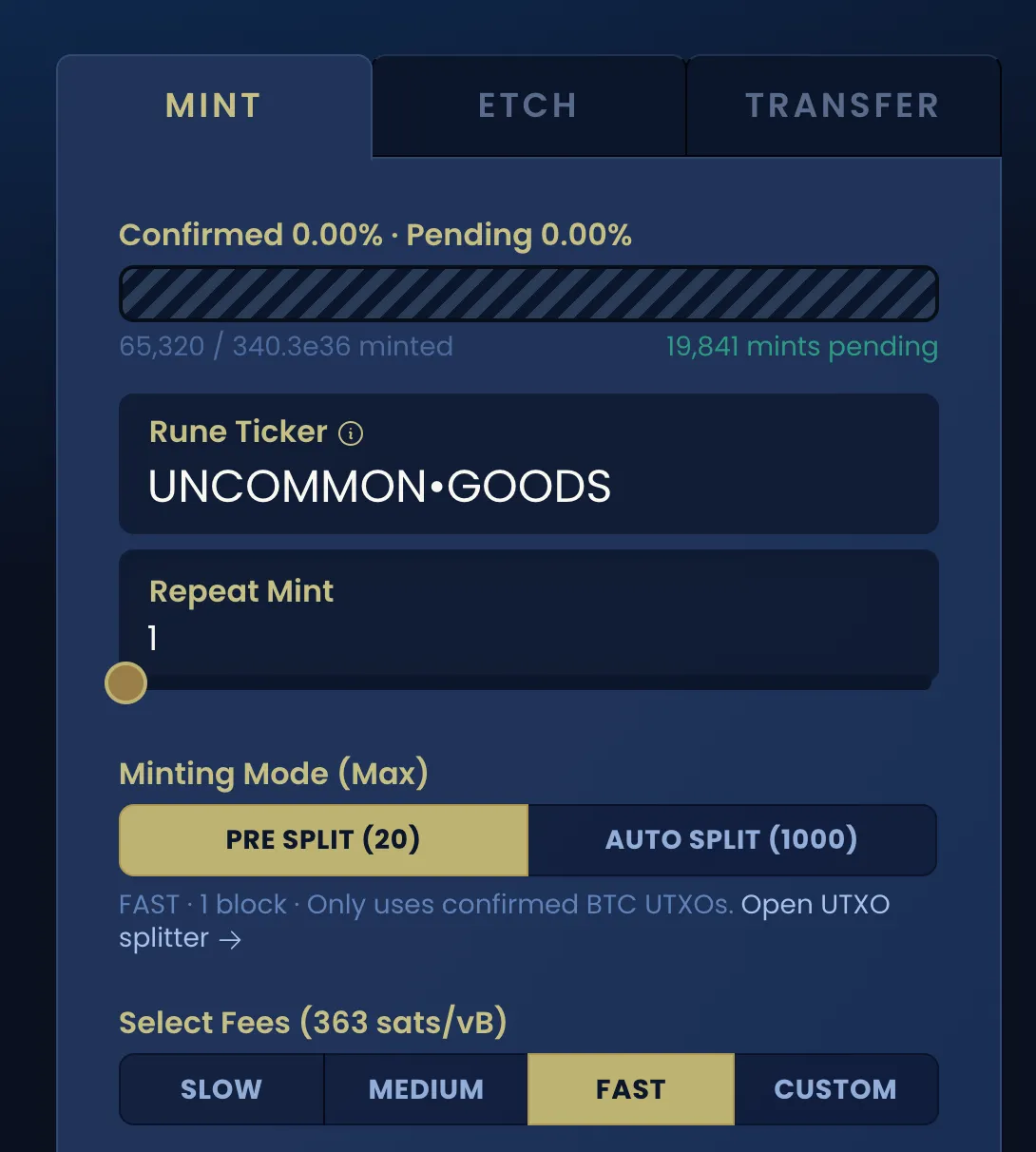
You can perform UTXO splitting using Luminex available here. Then, select the speed at which you want to mint. Opting for "Fast" ensures your transaction isn't delayed or processed after others who paid extra for priority processing.

 English
English Tiếng Việt
Tiếng Việt



